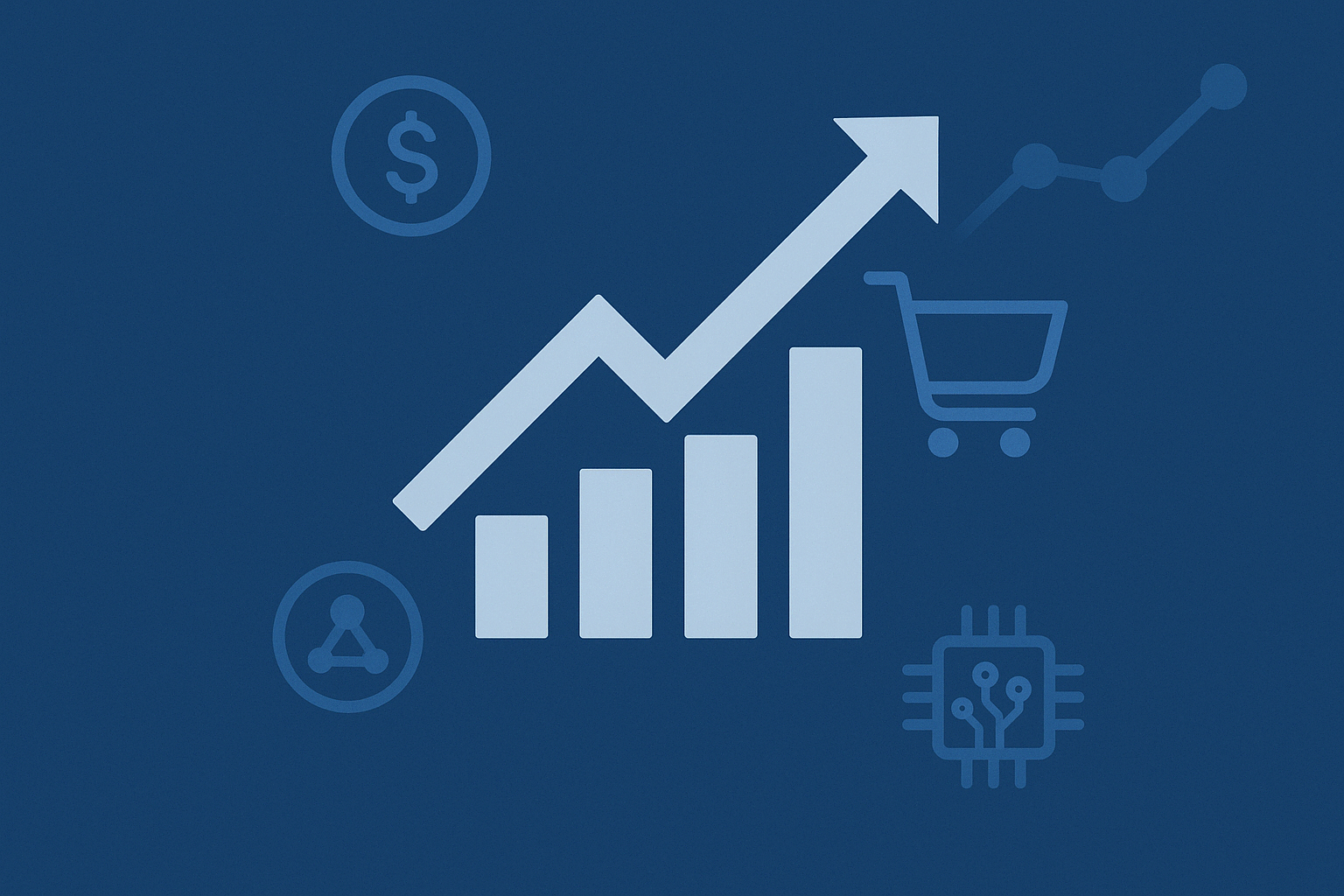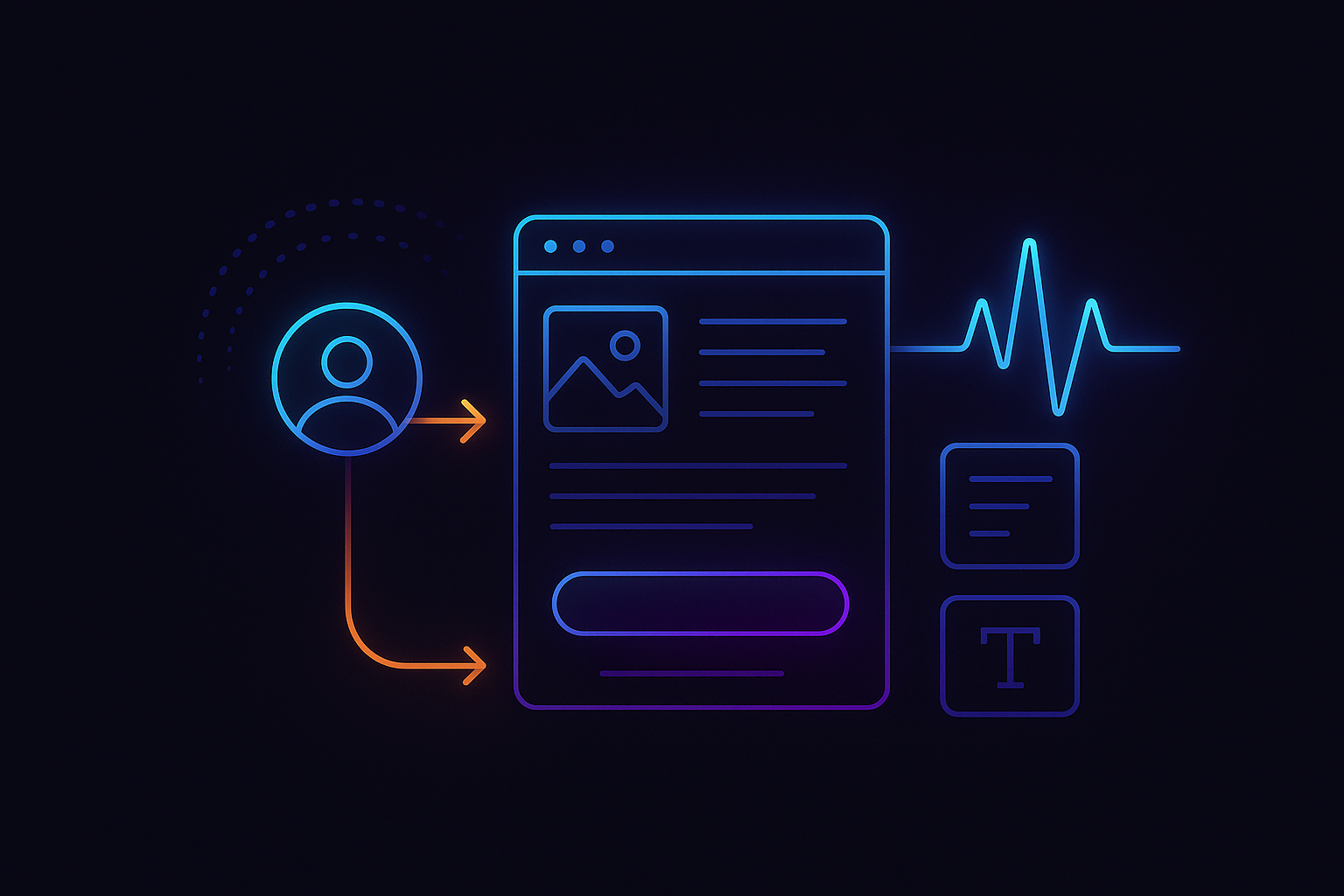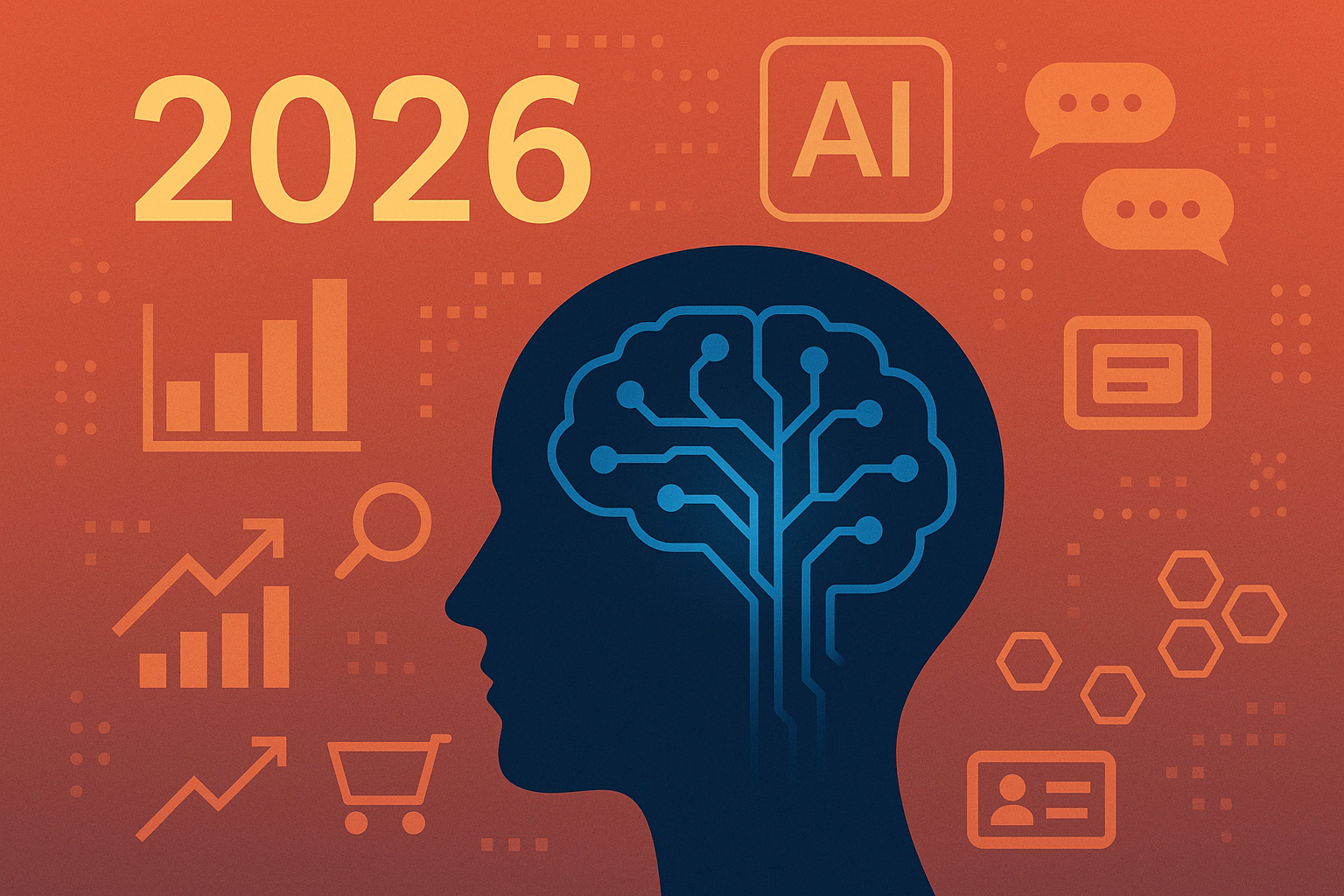Answers
How does your design/development process work?
Our design and development process is iterative and collaborative. Our four phase approach covers strategy, creative, implementation and delivery. Learn more on our approach page.
Phase 1: Discovery
In the initial phase, we aim to gain a thorough understanding of your business goals, challenges, and target audience.
- Scope: We clearly define the project's scope, including its objectives, deliverables, timelines, and milestones.
- Discovery: We engage in a detailed consultation with you, learning about your business, your industry, and your competitors to fully grasp your unique requirements and expectations.
- Research: We conduct exhaustive research, delving into market trends, competitor analysis, and user behavior to gather valuable insights that guide the rest of the process.
- Metrics: We establish key performance indicators (KPIs) that align with your business goals, providing a clear measurement framework for the project's success.
- Planning: We then craft a strategic plan that outlines the website's structure, features, and functionalities, ensuring a smooth transition to the Creative phase.
Phase 2: Creative
The Creative phase is where we give a visual identity to the strategic plan.
- Exploration: We begin by exploring different design styles, color schemes, typography, and imagery that resonate with your brand identity.
- Branding: We ensure the design elements reinforce your branding, creating a consistent look and feel across your website.
- Writing: We craft compelling and SEO-friendly content that communicates your unique value proposition and engages your target audience.
- Media: We curate high-quality images, videos, and other multimedia elements that enhance the visual appeal and user engagement on your website.
- Artwork: We create custom illustrations, icons, and graphics that add to your website's uniqueness.
- UI/UX Design: We design an intuitive and engaging user interface (UI) and user experience (UX), ensuring seamless navigation and optimal user engagement.
Phase 3: Implementation
This phase is all about bringing the design to life through robust coding and development.
- Architecture: We establish a solid website architecture that aligns with SEO best practices and ensures a smooth user journey.
- Platform: We select the most suitable content management system (CMS) or technology stack for your website, based on your specific needs.
- Integrations: We integrate the necessary third-party services or APIs, like CRM, email marketing tools, social media, payment gateways, and more.
- Functionality: We develop all the required features and functionalities that enhance your website's usability and performance.
- Templates: We create unique and reusable templates for different sections of your site, ensuring consistency while reducing future development time.
- Interactivity: We enhance user engagement by adding interactive elements such as forms, sliders, pop-ups, and animations to your site.
- Migrations: If you're redesigning an existing website, we securely migrate your content, ensuring no data loss or downtime.
Phase 4: Delivery
In the final phase, we prepare for the launch and ensure that you're fully equipped to manage your new website.
- Testing: We conduct rigorous testing, both manual and automated, to ensure your site is free from bugs and performs optimally across different devices and browsers.
- Signoff: We present the final website to you for approval, making any necessary revisions based on your feedback.
- Protocols: We establish protocols for site maintenance, updates, and security to ensure your website remains in top shape post-launch.
- Launch: Once everything is in place, we proceed to launch








